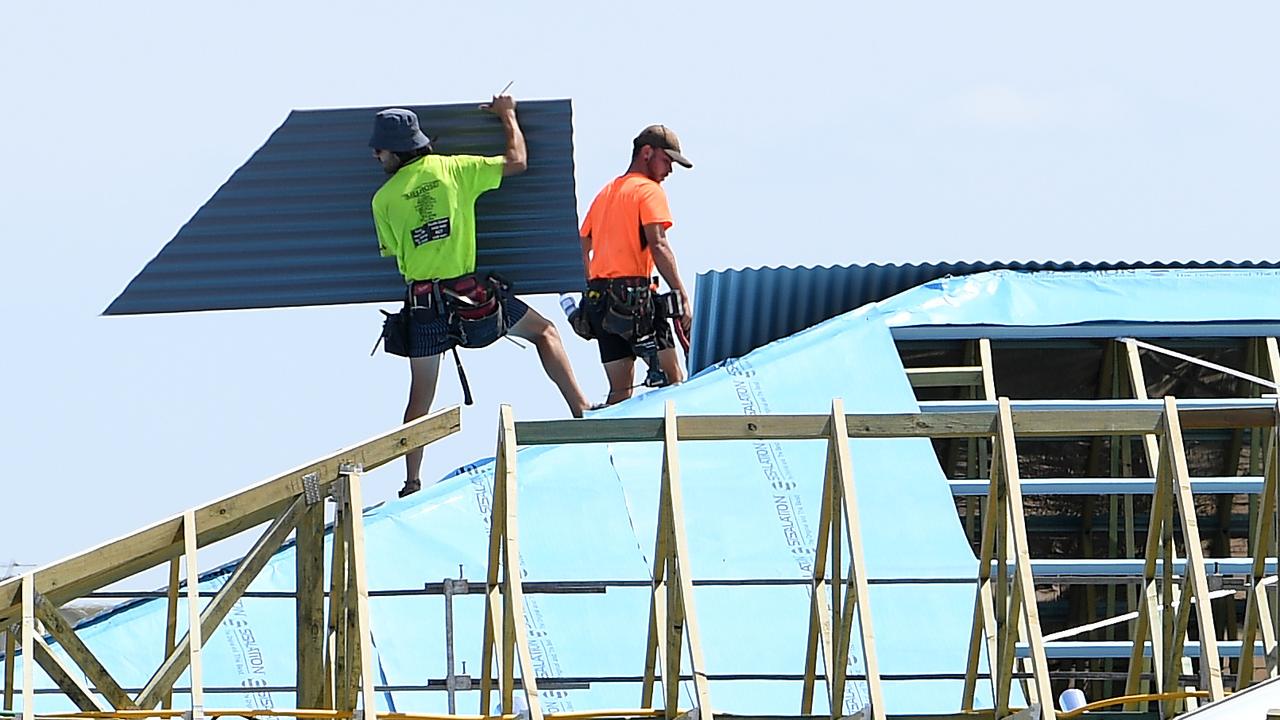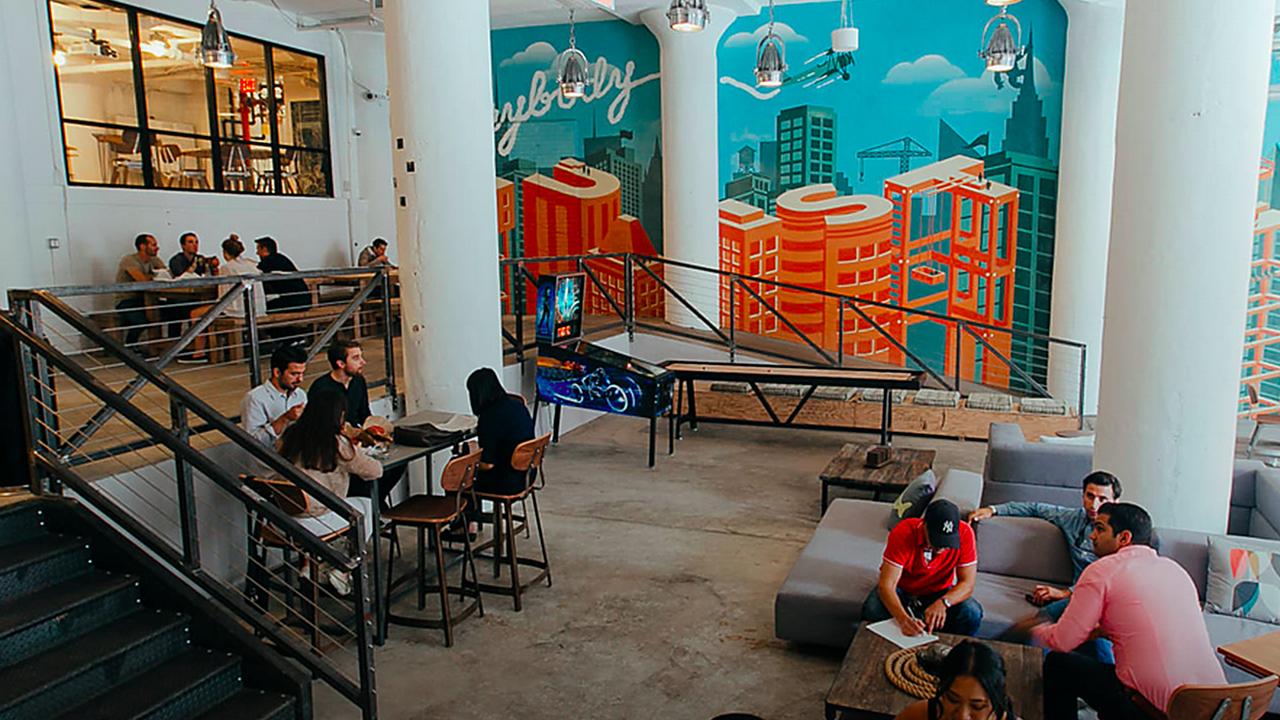The key to election victory lies in five key seats
ELECTION contenders must devote face time to diverse but essential electorates.
'There is no single policy that is ever going to fuse Flynn's fickle voters'
THE Australian government is determined by whoever holds a majority in the 150-seat House of Representatives. At the last election, in November 2007, the Labor Party won government by a margin of 15 seats.
If I were asked how to win the next election, from either party's perspective, this is how I would use "demographics" to set an electoral strategy.
Winning an election is not so much about developing policies that appeal to middle Australia or indeed to "working families"; it is about getting some people in some electorates to change their vote. My strategy focuses limited resources -- money and time -- into electorates that matter.
And as far as electorates that matter go, there are five that the Rudd government must hold and that the Coalition must win.
These electorates are Bass in northeast Tasmania; Bennelong centred on Ryde in Sydney; Deakin, which stretches between Box Hill and Ringwood in Melbourne; Flynn taking in the strip between Bundaberg, Gladstone and Longreach; and Longman, which takes in Brisbane's northern suburbs and the retirement centre of Bribie Island.
Of the 15 seats held by the government by the slimmest margin, five are held by a factor of at least 1 per cent. The other 10 are highly marginal (and are in fact held by a margin of less than 1 per cent) and would be the first to change hands if there was a swing.
My strategy is to concede the unwinnable and to build a "policy and presence" barricade around the defendable. This means that over the next few months Kevin Rudd and Tony Abbott should be popping up in places such as Launceston, Ryde, Box Hill, Caboolture and Gladstone to talk about grass roots issues. Local newspapers should also be targeted with advertising and, in regional areas, television and radio as well.
If the Opposition Leader is to win he needs to take not just 10 easy seats currently held by the ALP by the slimmest of margins, he needs to make inroads in places where a bigger swing is required. And this is precisely where the Prime Minister should focus his energy: forget the national media, Canberra and nasty 7.30 Report-land and focus on winning the hearts and minds of some voters in just five electorates in the provinces and suburbs.
In demographic terms, the five "key" seats have had a very different demographic experience since the last election.
The residents of Bennelong and Deakin are likely to have quite firm views about the concept of "Big Australia", largely because Asian and Indian students have gravitated to local universities, namely Macquarie and Monash. The policy response to win favour in these electorates might include, for example, placing limits to foreign investment in residential property.
I would also recommend both leaders deliver strong words about the evils of road congestion (since locals commute by car in these electorates) or the need for better city planning, depending on who's taking the advice.
The issue in Bass is likely to revolve around the need to support jobs in the timber, pulp and alumina smelting industries.
I suggest turning up in Launceston and delivering a rousing speech about the need to protect Australian jobs. That will go down well in an electorate jumpy about mill and plant closures.
The electorate of Flynn is a complete demographic mish-mash. There's trendy sea-changers south of Gladstone at Agnes Water, traditional blue-collar workers in Gladstone's power plant, generations of genteel graziers west of the Great Divide in the plains that stretch towards Longreach, and burly black-coal miners from Emerald near the Bowen Basin. There is no single policy that is ever going to fuse Flynn's fickle voters behind a winning issue, which means that both leaders need to spend face time in these places.
Please note that while a pale-blue shirt, moleskins and an Akubra might go down well in Longreach, you would be well advised to change to shirt-sleeves and hard-hat when turning up later in the day in Gladstone.
Then we come to Longman on Brisbane's northern edge. This is one of Australia's fastest-growing communities. Since the last election, this electorate has probably added more than 20,000 residents. These are young first-home buyers in Caboolture and Morayfield who will be sensitive to interest rate changes.
Strategists for Rudd and Abbott are most likely right now drawing up itineraries of which electorates to visit and which issues to promote. What I am saying is that both leaders should allocate a disproportionate amount of time and money to winning/defending these five electorates.
I might add that if you are a business or an interest group or a mayor in any of these electorates, and if you have a pet issue, then now is the time to press your advantage to Canberra. Extract promises, commitments and understandings now because the alignment of the planets simply doesn't get any better for the people of Gladstone, Caboolture, Ryde, Box Hill and Launceston. As for the rest of us, well, we don't really matter.
Bernard Salt is a KPMG Partner; bsalt@kpmg.com.au; www.twitter.com/bernardsalt


